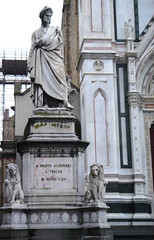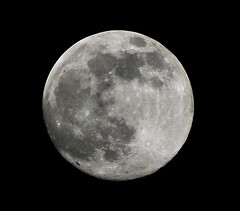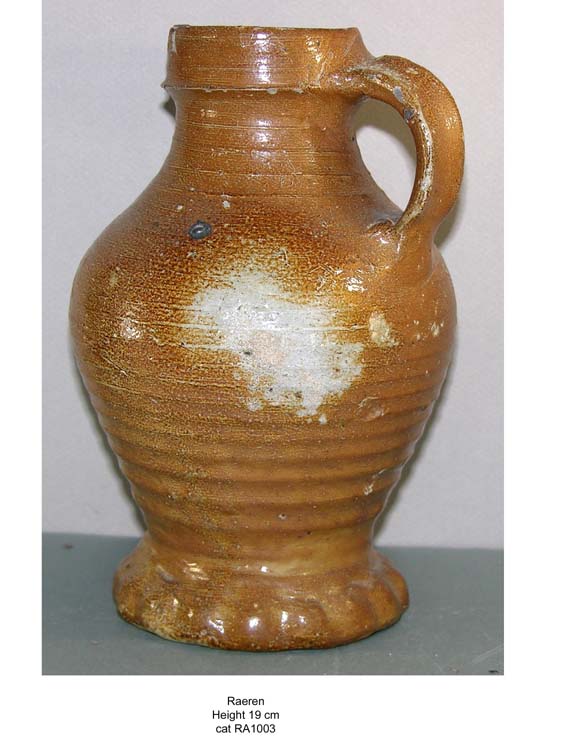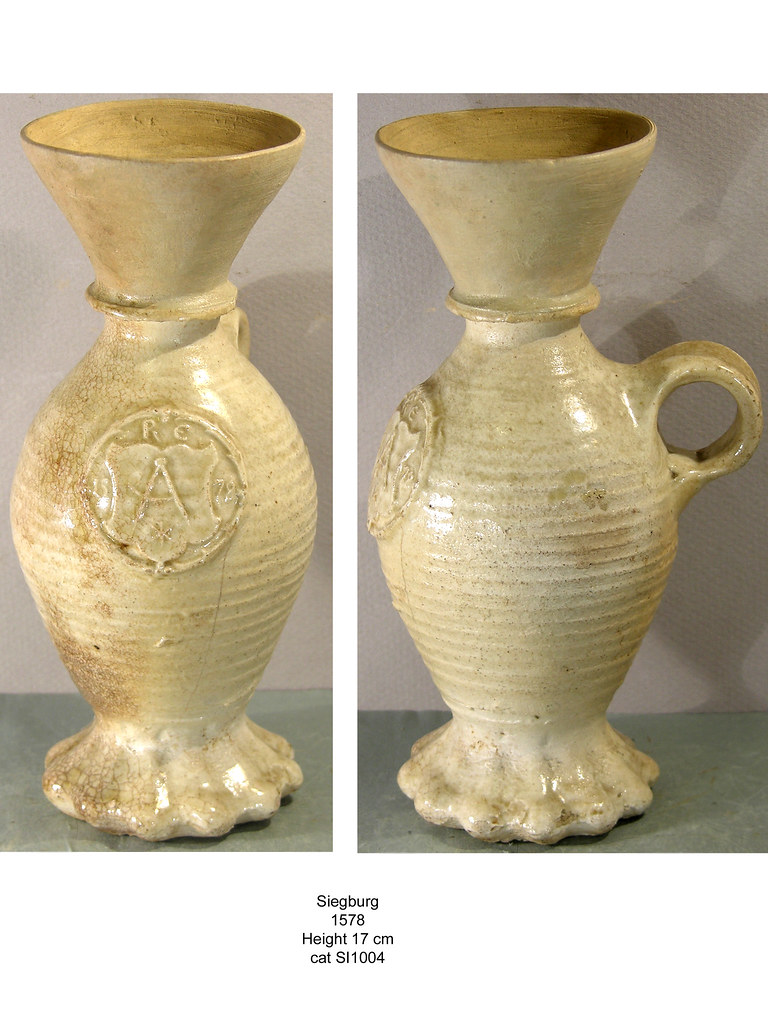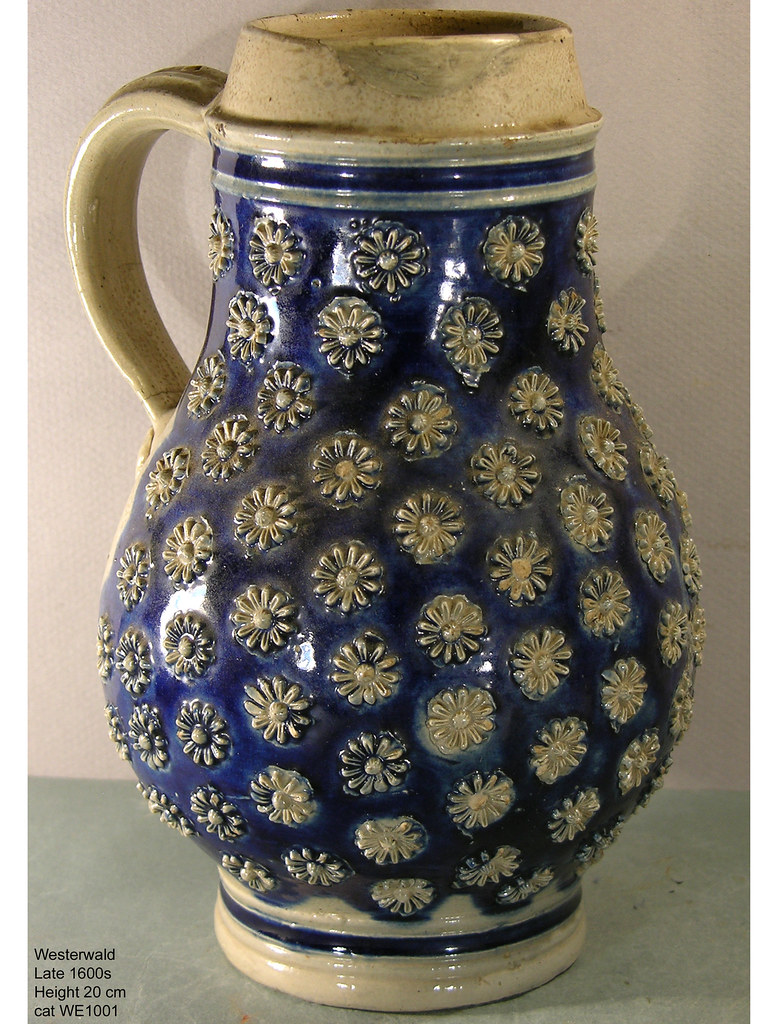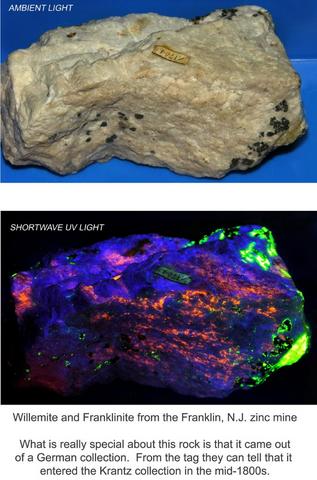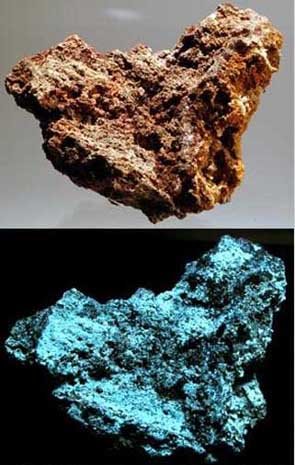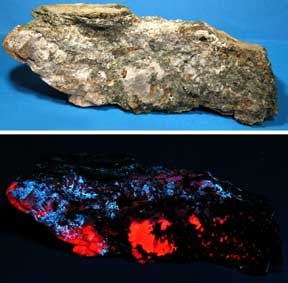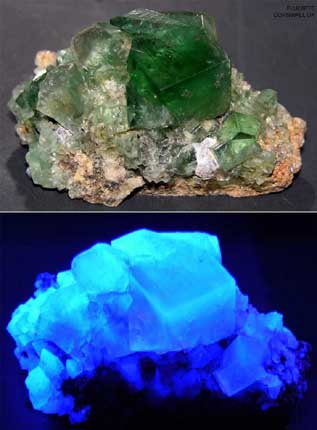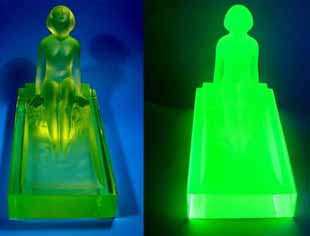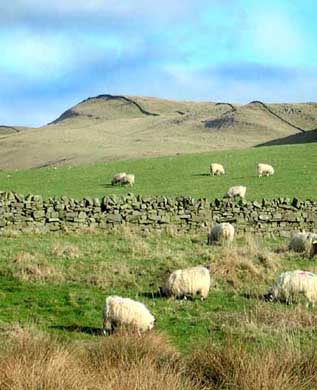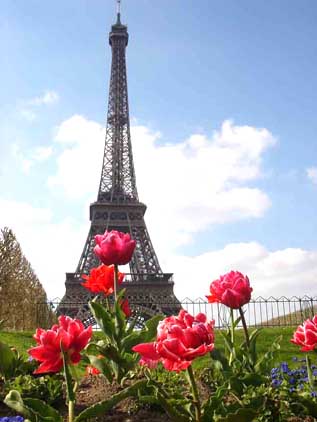Chalcedony

Chalcedony is silicon dioxide. It is a fibrous, translucent to opaque, compact microcrystalline variety of quartz that occurs in white, gray, and grayish-blue hues. Chalcedony is formed by silica-rich water percolating through cavities and fissures in volcanic rock. Some chalcedony “roses” contain sufficient trace amounts of the uranyl ion to make them fluoresce green when illuminated with  short wave ultraviolet light.
short wave ultraviolet light.
To hear the proper way to pronounce the word “chalcedony” go to: http://www.thefreedictionary.com/chalcedony
Chalcedony is crystallographically identical to the quartz. Chalcedony was one of the first materials used by early man to form tools and arrowheads, due to its durability and abundance. Flint, which was used as a fire-starting tool, is a variety of chalcedony.
As early as the Bronze Age chalcedony was in use in the Mediterranean region. Chalcedony seals have been recovered dating to ca.1800 BC. People living along the Central Asian trade routes used various forms of chalcedony including carnelian to carve intaglios and cameos. An intaglio is a negative (incised) image and is the opposite of a cameo. Hot wax would not stick to chalcedony, so it was often used to make intaglio wax seal impressions. Many Roman era seal rings were made from carnelian or other varieties of chalcedony.
-
-
-
-
-
-
-
-
-
 short wave ultraviolet light.
short wave ultraviolet light.To hear the proper way to pronounce the word “chalcedony” go to: http://www.thefreedictionary.com/chalcedony
Chalcedony is crystallographically identical to the quartz. Chalcedony was one of the first materials used by early man to form tools and arrowheads, due to its durability and abundance. Flint, which was used as a fire-starting tool, is a variety of chalcedony.
As early as the Bronze Age chalcedony was in use in the Mediterranean region. Chalcedony seals have been recovered dating to ca.1800 BC. People living along the Central Asian trade routes used various forms of chalcedony including carnelian to carve intaglios and cameos. An intaglio is a negative (incised) image and is the opposite of a cameo. Hot wax would not stick to chalcedony, so it was often used to make intaglio wax seal impressions. Many Roman era seal rings were made from carnelian or other varieties of chalcedony.
-
-
-
-
-
-
-
-
-
